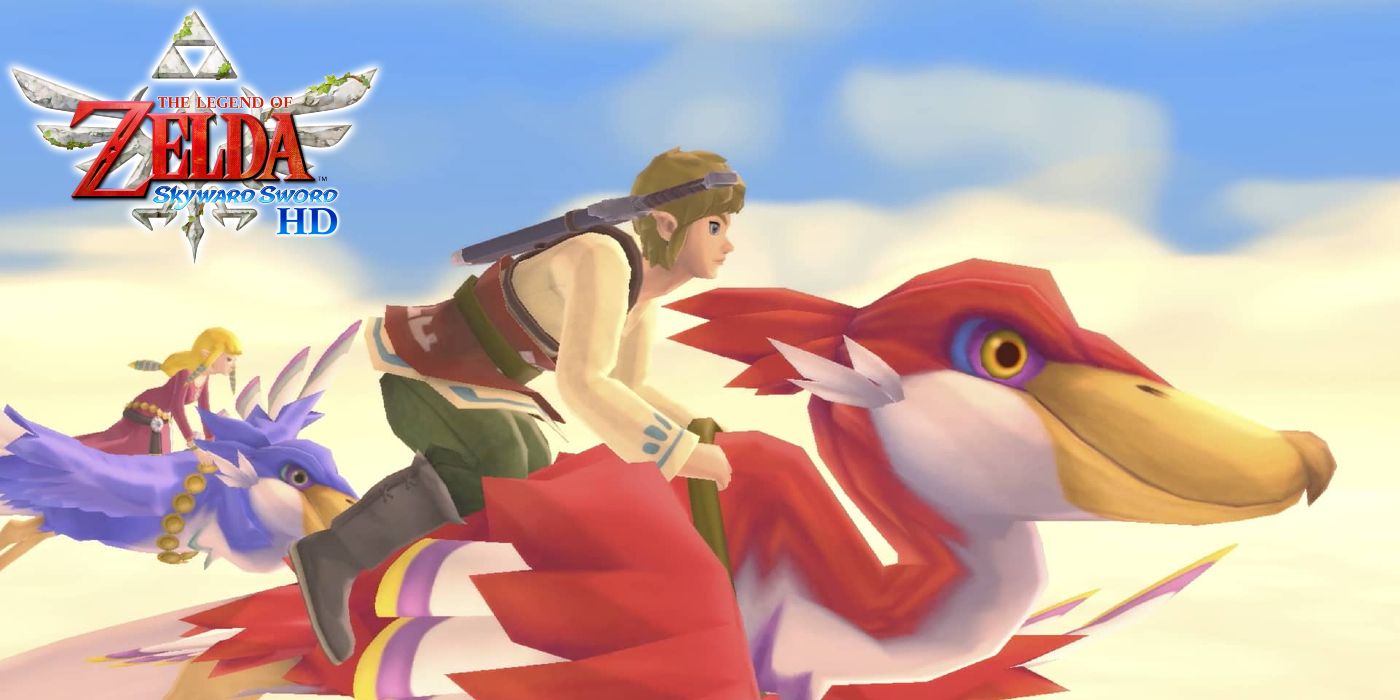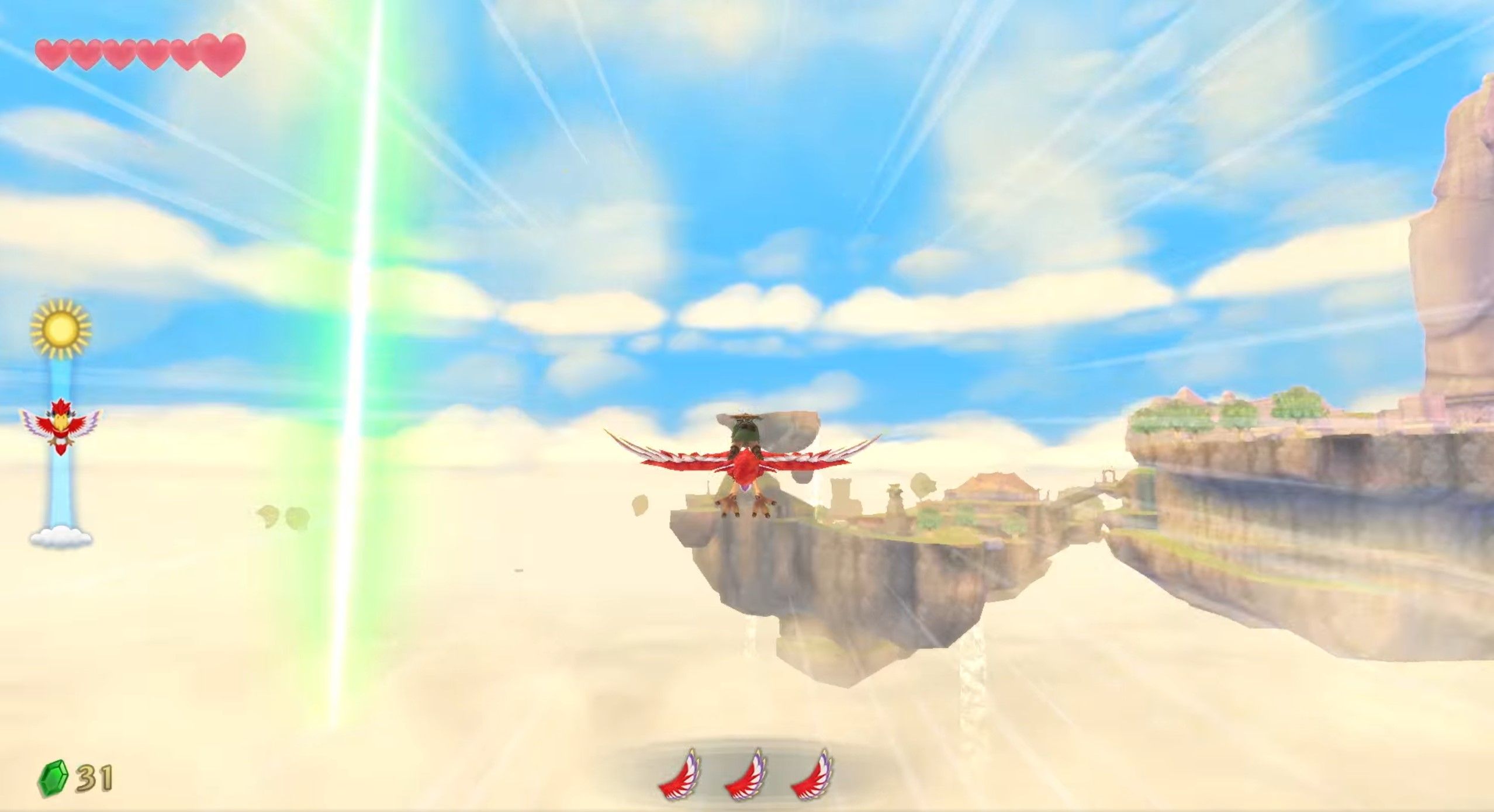The upcoming release of The Legend of Zelda: Skyward Sword HD is shaping up to be a solid remaster. Newcomers who missed the game originally, and fans who have played other entries in the series, are wondering then, whether or not Skyward Sword is an open world game.
The original The Legend of Zelda on the NES in 1986 was a pioneer of the open world genre, allowing players the freedom to explore its world and tackle its many dungeons in whatever order they desired. Since then the series' formula has been an evolving dance between extensive player agency and guided handholding. Skyward Sword is notorious for its tutorials and straightforward level design, which ultimately paved the way for Nintendo to try something different with Breath of the Wild. Ever since, there has been a divide in the Zelda community as to the definitive game format: the tightly crafted, if at times overbearing, design of Skyward Sword, or the open-ended, yet less meticulous design of Breath of the Wild.
Is The Legend of Zelda: Skyward Sword Open World
Skyward Sword is arguably the most linear of all Zelda titles because of its tube-like world design and narrative focus. For perspective, Skyward Sword and Breath of the Wild are practically opposites, the former guiding the player from location to location, objective to objective, while the latter lets players do largely whatever they want from the outset. Players coming from Breath of the Wild should not expect a similar experience to that game as far as its world is concerned.
The sky is definitely the limit.
There are three major components to the world design of Skyward Sword: the sky, the ground, and the dungeons. In the sky, players use their Loftwing to fly from place to place, whether that is from the home settlement of Skyloft to one of the many other floating islands, or to one of the three primary ground locations—this is where the game is most like any other open world title. Conversely, the ground sections are very linear and can almost be thought of as levels, unlike Breath of the Wild's large degree of maneuverability and freedom of approach. Players can fast travel between the levels and to the sky through the many Bird Statues spread throughout the game, but fans lucky enough to purchase the Zelda and Loftwing amiibo can fast travel at any time. That just leaves the dungeons, which there are plenty of and can be found at the end of nearly every area.
It is important to emphasize that while these components may sound like those of many other open world games, it is the way the game navigates the player through these areas that effectively trounces the notion of it being an open world game. While players can fly around in the sky hub area and visit all of the tiny islands early on, not all of the ground locations are available from the start. Only through progressing the story do more areas on the ground and in the air become accessible. For this reason Skyward Sword is held as one of the most linear Zelda games, where at least in older titles like Wind Waker and Twilight Princess, players may be unable to progress in certain locations, but nearly the entire game could be visited one way or another.
Skyward Sword's lack of a true open world should not deter players from trying the game out, though. Its story is the best of the series, and the HD remaster has many quality-of-life improvements that transform the game from the Wii original. Breath of the Wild may be the current image of The Legend of Zelda, but Skyward Sword holds its own as one of the series' standout titles.
The Legend of Zelda: Skyward Sword HD releases for the Nintendo Switch on July 16.


